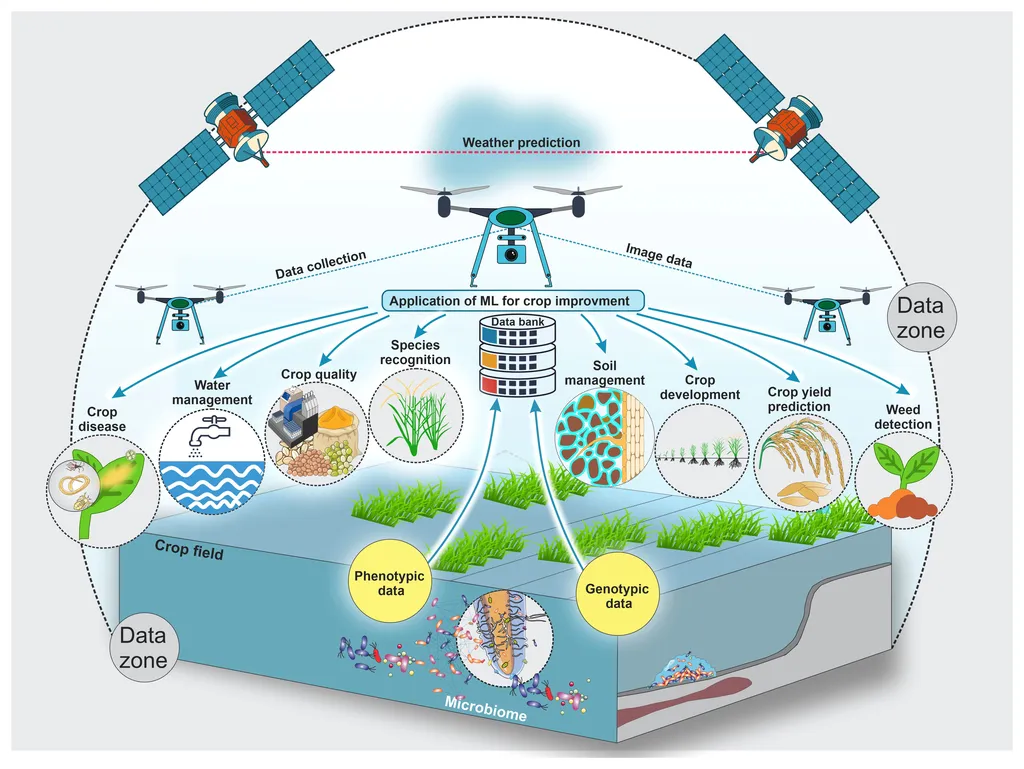In the ever-evolving landscape of agriculture, farmers face a myriad of challenges, from unpredictable weather patterns to fluctuating market prices and increasing input costs. Making informed decisions about what to plant can mean the difference between a bountiful harvest and an economic loss. A recent study published in the *Yugoslav Journal of Operations Research* offers a promising solution to this complex problem by integrating advanced mathematical and machine learning techniques to optimize crop selection.
The research, led by Saqlain Muhammad from the Department of Mathematics at King Mongkut’s University of Technology Thonburi (KMUTT) in Bangkok, Thailand, combines Multicriteria Decision Making (MCDM) and Multi-Criteria Decision Analysis (MCDA) to provide a robust framework for agricultural decision-making. “The integration of MCDM and MCDA allows us to address both quantitative and qualitative uncertainties, which are prevalent in agriculture,” Muhammad explains. “This comprehensive approach enables farmers to make more accurate and informed decisions, ultimately leading to better resource allocation and economic resilience.”
The study employs Fuzzy Hypersoft Sets (FHSs) to model the complexities of agricultural decision-making. By using methods such as Stable Preference Ordering Towards Ideal Solution (SPOTIS), Random Forest (RF), and Multi-Objective Optimization by Ratio Analysis (MULTIMOORA), the researchers were able to identify the most favorable crop for a hypothetical farm, considering factors like weather conditions, production costs, pest resistance, and market demand.
The results were clear: maize emerged as the top choice, followed by tomatoes and rice. “Maize’s resilience and market demand made it the optimal choice in our case study,” Muhammad notes. “However, the flexibility of our method allows it to be adapted to various agricultural contexts, making it a valuable tool for farmers worldwide.”
The commercial implications of this research are significant. By providing a more accurate and comprehensive decision-making framework, farmers can better manage economic risks, allocate resources more efficiently, and ultimately enhance their livelihoods. “This method not only improves farm economics but also contributes to food security and a more resilient agricultural sector,” Muhammad adds.
The study’s comparative analysis with existing methods highlights its superiority in accuracy, offering a promising avenue for future developments in agricultural decision-making. As the agricultural sector continues to grapple with uncertainty, the integration of sophisticated mathematics and machine learning techniques could pave the way for more sustainable and profitable farming practices.
In an era where precision and adaptability are key, this research provides a beacon of hope for farmers seeking to navigate the complexities of modern agriculture. By harnessing the power of advanced decision-making tools, the agricultural sector can move towards a more secure and prosperous future.

